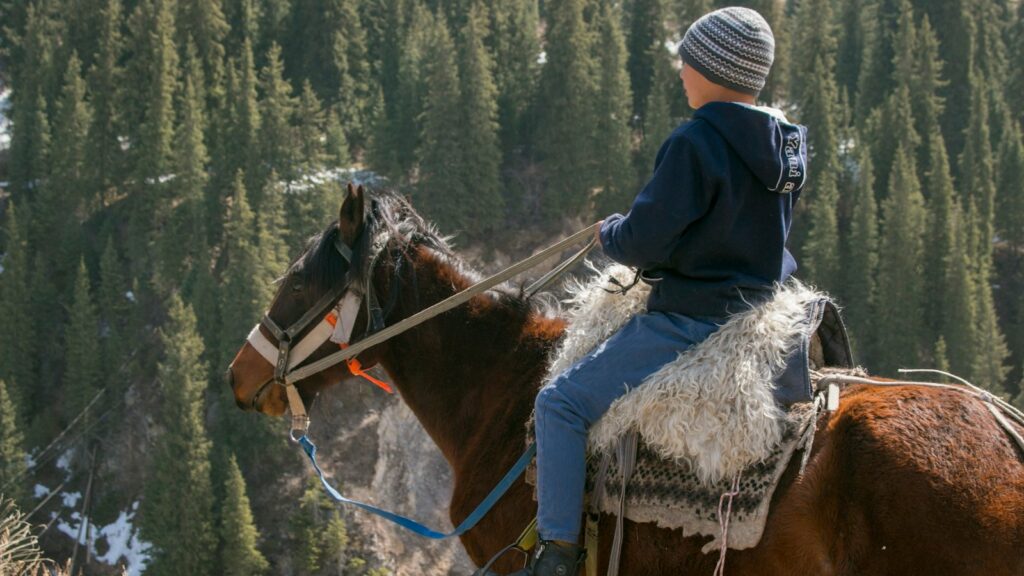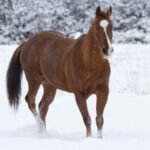There’s a centuries-old riding technique that continues to divide the equestrian community into passionate advocates and cautious skeptics. Bareback riding—mounting a horse without a saddle—evokes strong reactions from riders across all experience levels. For some, it represents the purest form of connection with a horse, a liberating experience that strips away equipment to reveal the true essence of horsemanship. For others, it signals unnecessary risk and discomfort, sacrificing control and stability for what might seem like a romanticized notion of riding. This enduring practice dates back to humanity’s earliest relationship with horses, long before the invention of saddles, yet remains as controversial today as it is ancient. As we explore the passionate perspectives on both sides, we’ll discover why bareback riding continues to inspire devotion in some riders while others firmly prefer to stay firmly seated in their saddles.
The Historical Significance of Bareback Riding
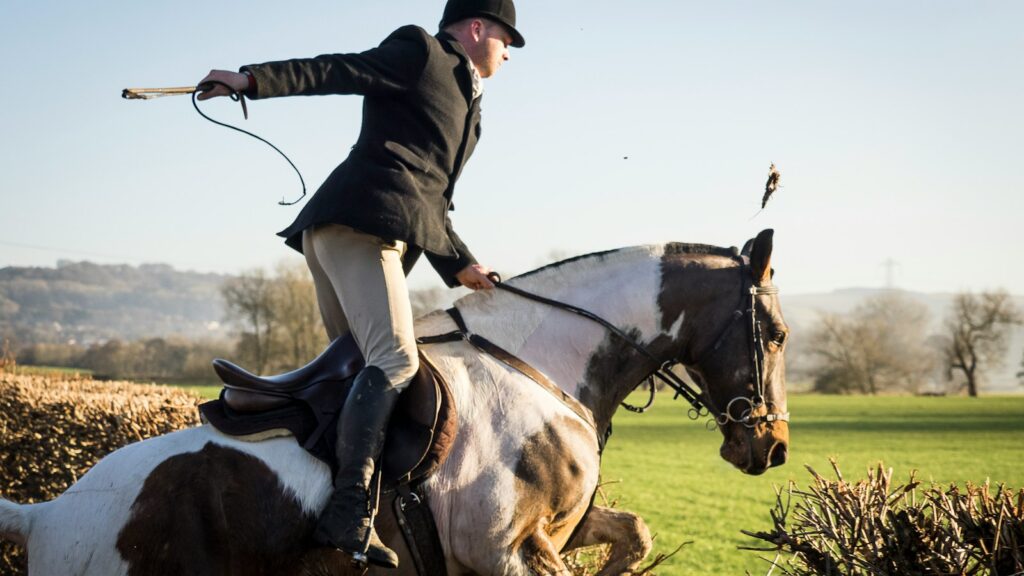
Bareback riding represents humanity’s original form of horseback riding, predating the invention of saddles by thousands of years. Archaeological evidence suggests humans began riding horses around 4000-3000 BCE, with the earliest saddles not appearing until approximately 800 BCE. Native American tribes, Mongolian nomads, and countless other cultures mastered bareback riding out of necessity, developing remarkable balance and connection with their mounts. This historical foundation still influences modern bareback enthusiasts, who often cite the practice as connecting them to riding’s purest roots. The skills required for effective bareback riding—balance, sensitivity, and core strength—remain virtually unchanged since those ancient beginnings, making it a living link to equestrian history.
The Physical Connection: Feeling Every Movement
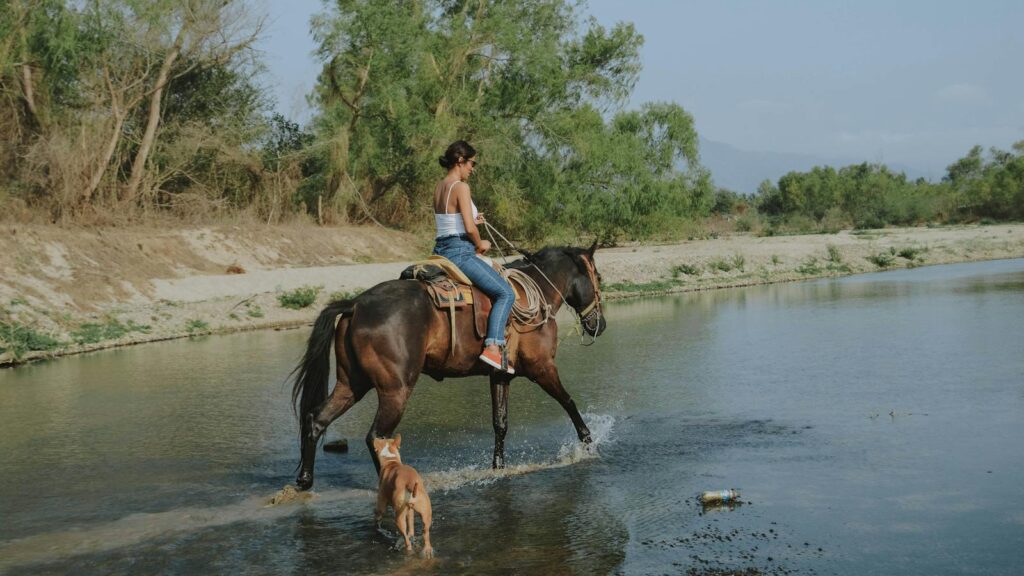
Bareback riding eliminates the barrier between horse and rider, creating an immediate physical connection many riders describe as transformative. Without a saddle’s structure, riders feel every muscle movement, breath, and shift in the horse’s body directly through their seat and legs. This heightened awareness allows experienced bareback riders to detect subtle cues about their horse’s mood, comfort, and intentions that might be muted by saddle padding. Many riders report developing a sixth sense about their horse’s behavior after regular bareback sessions, noticing tension or discomfort before it manifests in obvious ways. Some equestrians even claim they can feel their horse’s heartbeat through their legs during quiet moments, creating an almost meditative connection between the two beings.
Communication Benefits: A More Intuitive Dialogue
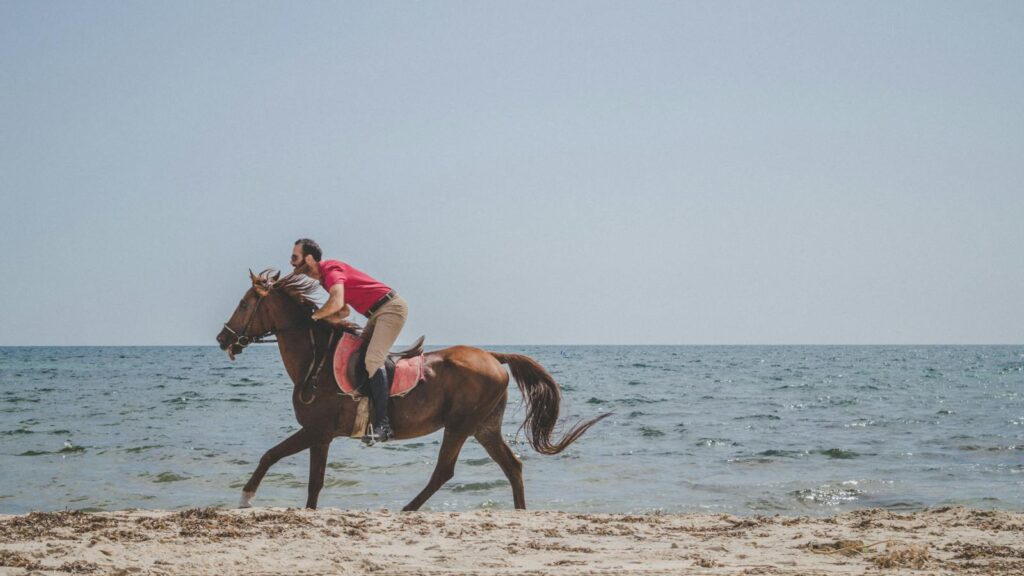
Advocates of bareback riding often highlight the improved communication that develops between horse and rider when unnecessary equipment is removed. Without a saddle, leg aids become more refined and precise, as the rider’s leg makes direct contact with the horse’s sensitive sides rather than pressing through leather and padding. This direct connection works both ways—the horse can feel the rider’s weight shifts and subtle balance changes more clearly, leading to quicker responses and more nuanced communication. Many instructors note that horses often become more responsive after their riders spend time bareback, as both parties learn to “listen” more carefully to each other’s physical language. Some competitive riders incorporate regular bareback sessions into their training regimen specifically to improve this intuitive dialogue, even if they compete exclusively with saddles.
Balance and Core Strength Development
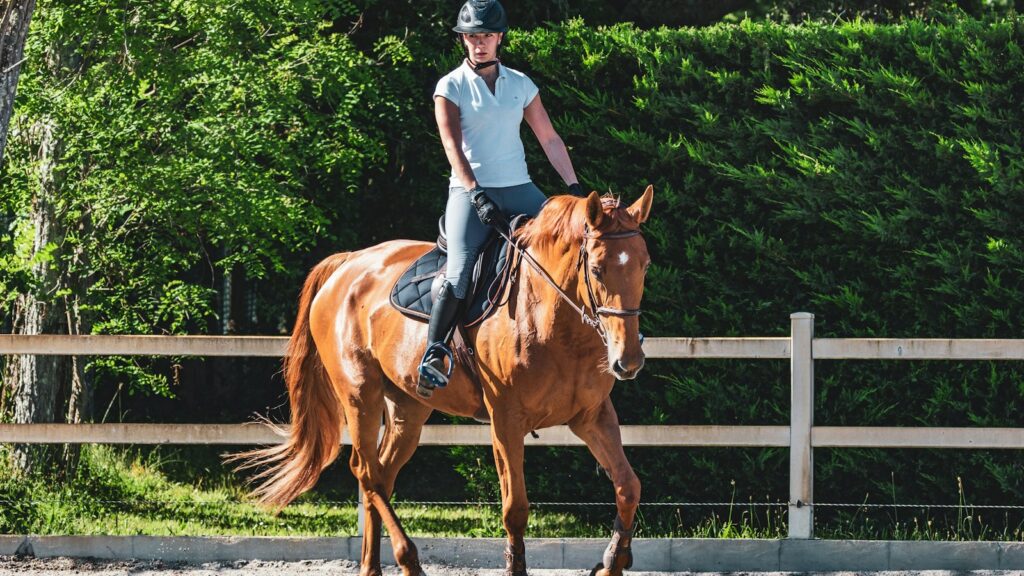
Riding without a saddle demands exceptional balance and core engagement, making it an outstanding workout that develops specific equestrian muscles. Without stirrups to support weight or a saddle to provide stability, bareback riders must rely entirely on their core muscles, inner thighs, and natural balance to remain centered on the horse. Regular bareback riding develops these muscle groups dramatically, often improving a rider’s overall seat and stability even when they return to saddle riding. Physical therapists and riding instructors sometimes recommend controlled bareback sessions for riders looking to correct position problems or develop a deeper, more secure seat. Many riders report noticeable improvements in their overall riding capabilities after just a few weeks of incorporating bareback sessions into their routine, particularly in their ability to follow the horse’s motion without tension.
Practical Considerations: When Bareback Makes Sense
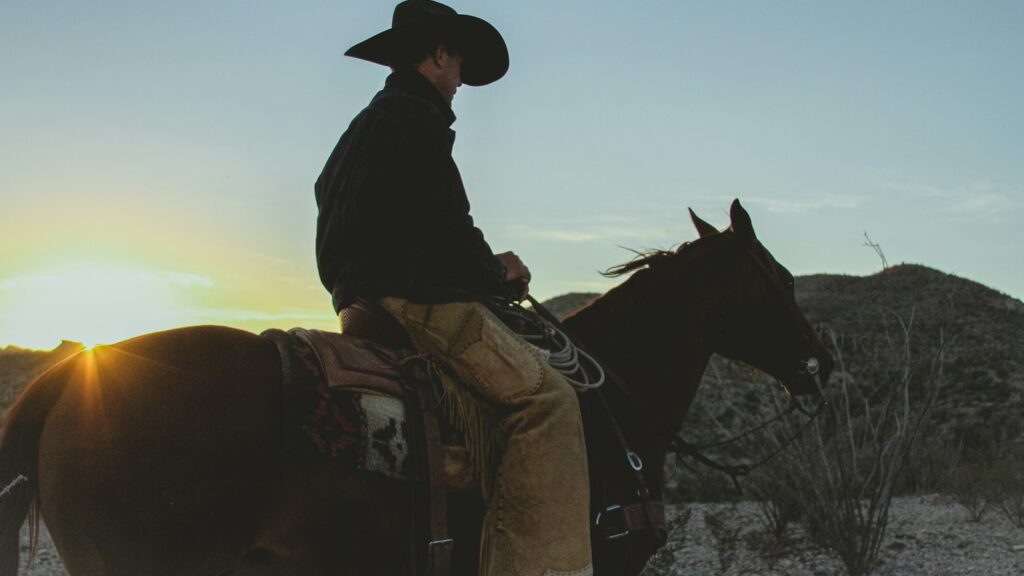
For some riders, bareback riding represents a practical solution rather than just a training choice or preference. Quick rides, cooling out horses after workouts, or situations where tacking up isn’t feasible can make bareback riding the sensible option. In emergency situations, such as when a horse needs to be moved quickly, the ability to hop on bareback can be invaluable. Some riders in remote locations or with limited resources choose bareback riding out of necessity, particularly in developing regions where saddles remain expensive luxury items. Youth programs often introduce bareback riding as a foundational skill, teaching children balance and feel before adding the complication of saddle and stirrups. For horses recovering from certain back issues, veterinarians occasionally recommend brief bareback sessions to monitor comfort and movement without saddle pressure.
The Safety Concerns: Why Some Avoid It

Safety represents the primary concern for those who avoid bareback riding, with legitimate reasons behind their caution. Without a saddle’s security features—pommel, cantle, and stirrups—riders have fewer emergency handholds if a horse spooks, stumbles, or makes unexpected movements. Falls from bareback rides can be more dangerous as riders lack the ability to push away from the horse using stirrups, potentially increasing injury risk. Studies show that emergency room visits from bareback riding accidents often involve more serious injuries than those from conventional falls with proper equipment. Many riding instructors and equestrian facilities prohibit bareback riding entirely due to liability concerns and insurance requirements, reflecting the higher perceived risk. For novice riders especially, the lack of stability can create a dangerous situation where panic reactions may startle the horse further, creating a dangerous cycle.
Comfort Factors: The Physical Challenges
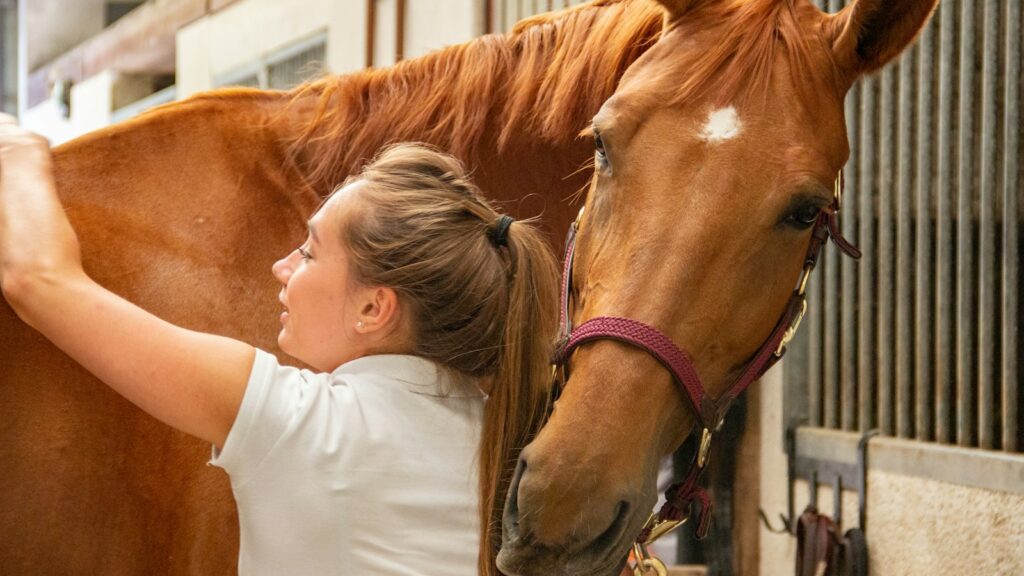
Physical discomfort represents a significant deterrent for many riders who prefer to avoid bareback riding. Direct contact with the horse’s spine and withers can be painful, especially on horses with prominent vertebrae or high withers that create pressure points against the rider’s sensitive areas. Extended bareback sessions often lead to chafing, bruising, and soreness in unaccustomed riders, particularly in the inner thigh and pelvic regions. For riders with existing back problems, joint issues, or physical limitations, bareback riding may exacerbate these conditions due to the increased impact and constant muscular engagement required. Some riders also report greater post-ride muscle soreness from the intense core and thigh workout, especially after bareback sessions on horses with particularly bouncy gaits or during activities requiring extended periods of posting or two-point position.
Control and Confidence: The Psychological Aspect

Psychological comfort plays a crucial role in the bareback riding debate, with confidence being perhaps the most critical factor in determining rider preference. Riders who feel secure in their balance and connection with their horse often embrace bareback riding, experiencing it as liberating rather than frightening. Conversely, those with confidence issues or anxiety about falling may find bareback riding heightens their fears, creating tension that transfers to their mount and potentially creates a self-fulfilling prophecy of instability. Many riding instructors note that a rider’s mental state during bareback sessions often reveals their deepest insecurities or strengths as equestrians. For some previously confident riders, a bad fall or scary experience while riding bareback can create lasting psychological barriers that make them reluctant to try again. Interestingly, therapists working with equine-assisted therapy programs sometimes use controlled bareback experiences specifically to address confidence issues and build trust between horse and handler.
Horse Considerations: Is Bareback Better for the Horse?
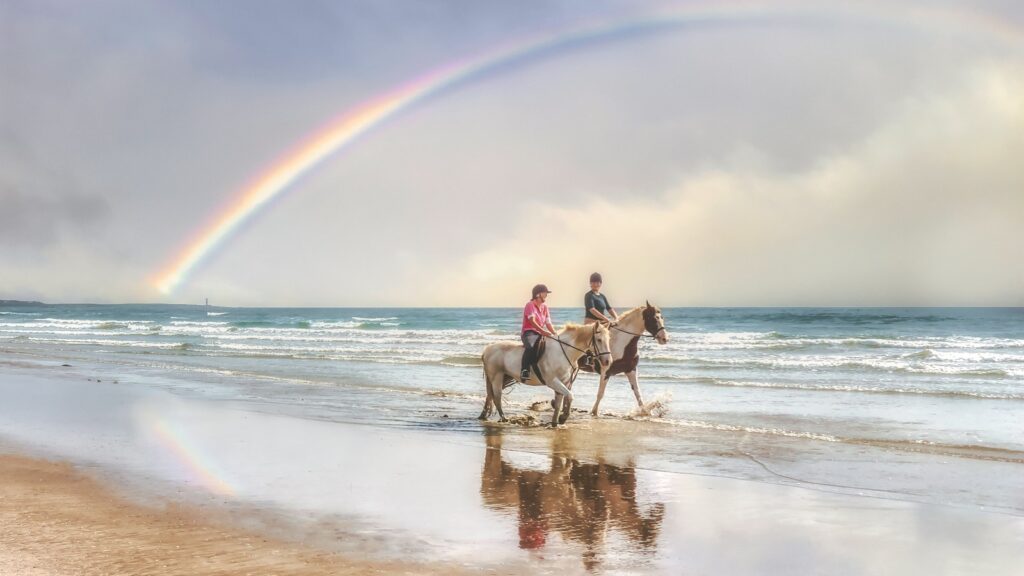
The impact of bareback riding on equine comfort and health generates significant debate among veterinarians and equine professionals. Proponents argue that eliminating a potentially ill-fitting saddle benefits horses, distributing rider weight more naturally along the animal’s back without pressure points. Skeptics counter that an unpadded human seat bone can cause discomfort, particularly for thin-skinned or sensitive horses, and that rider instability may lead to balance compensation from the horse. Equine chiropractors and massage therapists report mixed findings, with some horses showing less back tension after bareback rides while others develop soreness from uneven rider weight distribution. Horse behavior experts generally agree that a horse’s willingness to accept bareback riding often indicates their comfort level with the practice. Most professionals recommend monitoring each horse individually for signs of discomfort after bareback sessions, including back sensitivity, changed movement patterns, or reluctance during mounting.
Training Applications: Learning Through Direct Contact
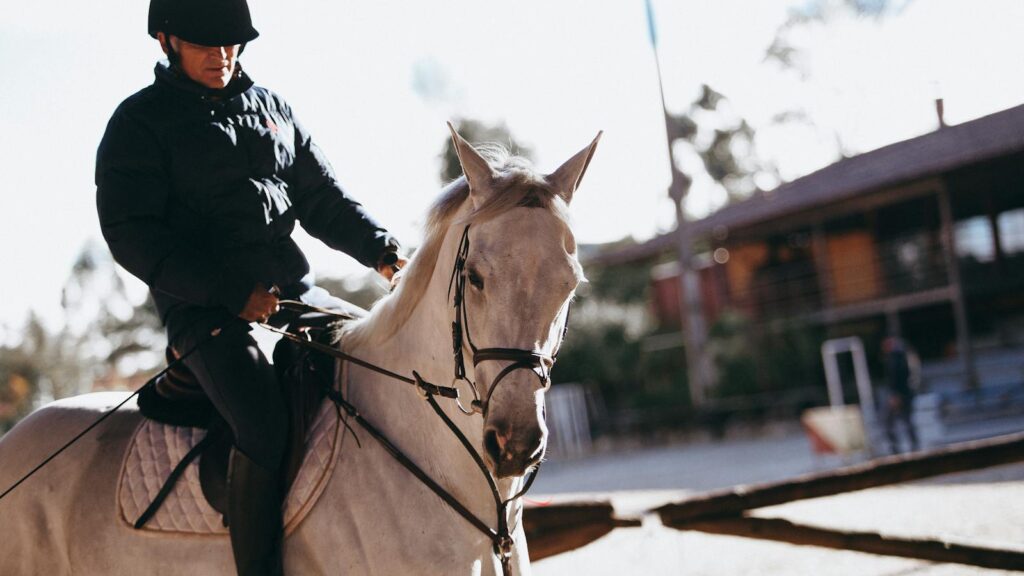
Many accomplished trainers incorporate bareback riding into serious training programs for specific skill development benefits. Without stirrups to rely on, riders must develop independent balance, helping eliminate common position flaws like gripping with the knees or depending on rein contact for stability. The immediate feedback of bareback riding makes it easier for instructors to identify and correct seat issues, as problems become immediately apparent without a saddle masking imbalances. Advanced dressage riders often practice transitions and lateral movements bareback to refine their weight aids and ensure they’re communicating through subtle seat cues rather than relying on rein pressure. Several prominent training methodologies, including Centered Riding and some natural horsemanship approaches, specifically incorporate bareback exercises to develop the rider’s feel and timing. Even Olympic-level competitors sometimes return to bareback fundamentals when working through communication challenges with their mounts.
Equipment Alternatives: Bareback Pads and Surcingles
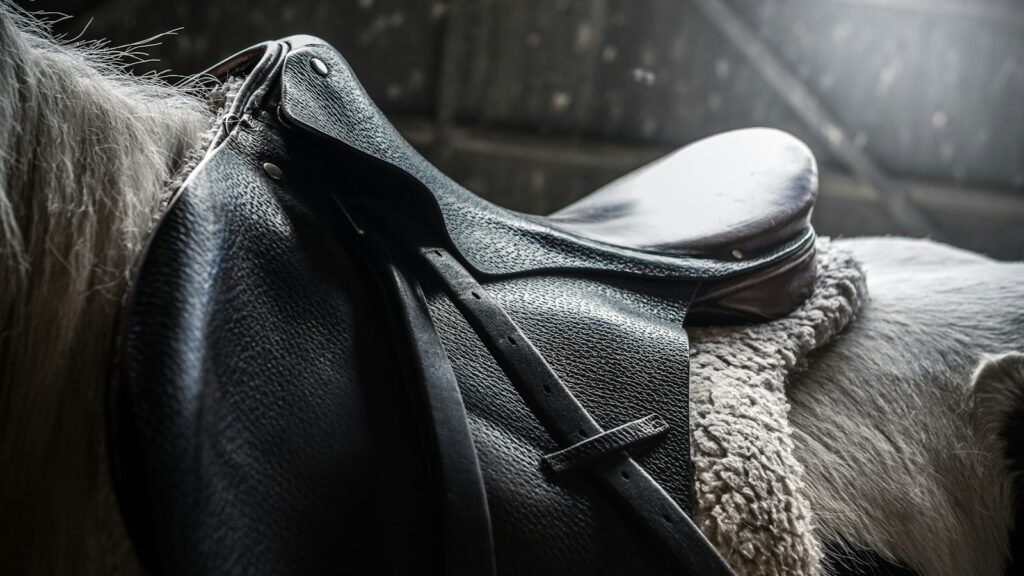
For riders seeking a middle ground between true bareback riding and using a conventional saddle, several equipment options provide compromise solutions. Bareback pads, which typically feature light padding and a cinch system, offer minimal cushioning for both horse and rider without the structure of a traditional saddle. More advanced options include bareback riding pads with minimal handholds or grab straps that provide emergency security without significantly altering the bareback experience. Training surcingles with handles sometimes serve as transitional tools for riders building confidence for true bareback riding, offering stability points without saddle bulk. These compromise solutions particularly appeal to riders with sensitive horses or those recovering from injuries who aren’t ready for complete bareback riding but want to experience closer contact. However, equine professionals caution that poorly designed bareback pads without proper weight distribution can potentially cause more pressure points than either true bareback riding or quality saddles.
Bareback Riding in Different Disciplines
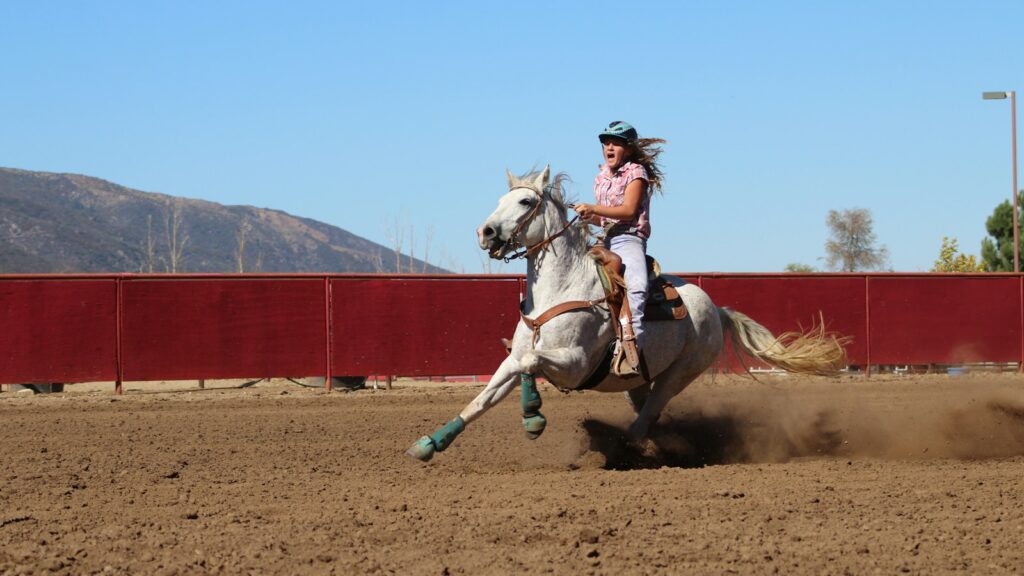
The prevalence and acceptance of bareback riding varies dramatically across equestrian disciplines, reflecting different priorities and traditions. In vaulting, bareback riding forms the foundation of the sport, with participants performing gymnastic movements on horses equipped only with a specialized surcingle. Western riders often incorporate bareback riding in ranch work and training, with some competitions like Indian relay races traditionally performed bareback. Dressage enthusiasts frequently practice bareback to develop their seat and feel, though competition rules require appropriate saddlery. Jumping and eventing generally discourage bareback riding due to safety concerns, though some brave souls post videos of bareback jumping that simultaneously impress and alarm other equestrians. Interestingly, therapeutic riding programs sometimes utilize bareback riding for participants with certain physical conditions, finding that the warmth and movement of the horse directly against the rider provides enhanced therapeutic benefits.
Building Up to Bareback: A Progressive Approach
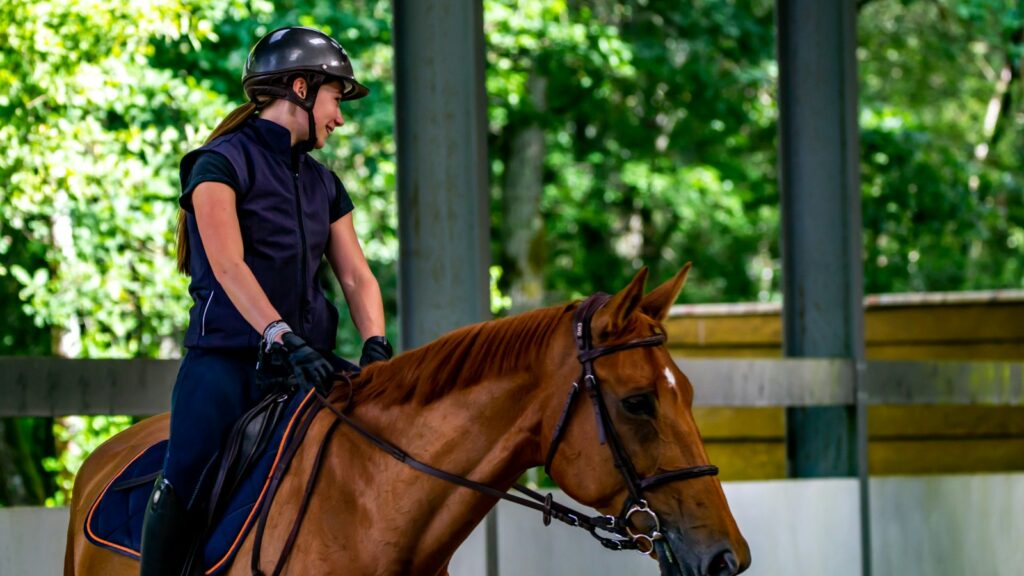
Experienced instructors typically recommend a gradual approach for riders interested in exploring bareback riding for the first time. Beginning in an enclosed area with a calm, patient horse creates the safest environment for initial attempts, minimizing variables and potential distractions. Many trainers suggest starting with basic walk work, focusing on balance and relaxation before attempting faster gaits or more complex maneuvers. Having a handler lead the horse initially allows new bareback riders to focus entirely on their position and balance without worrying about steering. Progressive practice might include removing stirrups while still using a saddle, then transitioning to a bareback pad before attempting true bareback riding. This methodical approach builds confidence and competence simultaneously, reducing the risk of falls or negative experiences that might discourage further exploration of bareback riding.
The Joy Factor: Freedom and Connection
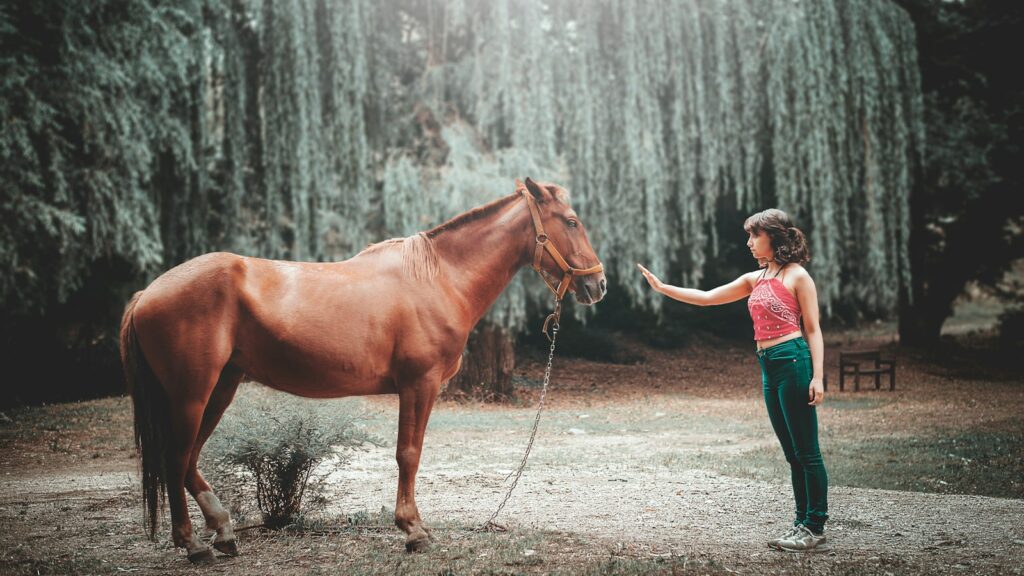
For dedicated bareback enthusiasts, the emotional rewards transcend all practical considerations, creating experiences of joy and connection that define their relationship with horses. Many describe a profound sense of freedom when riding without equipment, connecting to childhood dreams of galloping bareback through fields or along beaches. The tactile sensation of the horse’s warmth and movement creates a sensory experience that some riders find meditative, allowing them to achieve flow states where horse and human seem to move as one entity. Long-time bareback riders often speak of magical moments—cantering through new fallen snow, feeling their horse’s powerful muscles work beneath them, or sharing quiet sunset rides—that simply wouldn’t feel the same with a saddle between them. This emotional component explains why some riders remain passionately committed to bareback riding despite discomfort, risk, or skepticism from others, finding in it a source of joy that defines their equestrian identity.
connclusion
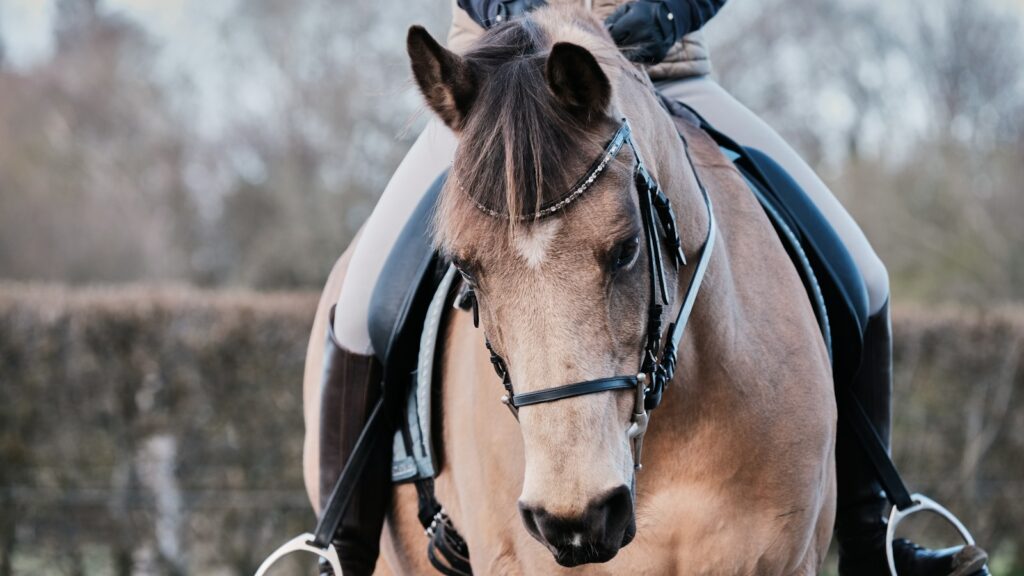
For equestrians, the decision to ride bareback ultimately comes down to a highly personal balance of factors—physical ability, confidence level, training goals, and emotional connection to the practice. Neither approach is inherently superior; both bareback enthusiasts and saddle devotees can be exceptional horsemen and women who prioritize their horses’ wellbeing and their own development as riders. The diversity of perspectives enriches equestrian culture, offering multiple pathways to achieving harmony between horse and human. Perhaps the wisest approach is viewing bareback riding not as a practice to universally embrace or reject, but as one of many tools in a thoughtful rider’s repertoire—to be used when appropriate and beneficial for both parties in this ancient partnership between humans and horses.

